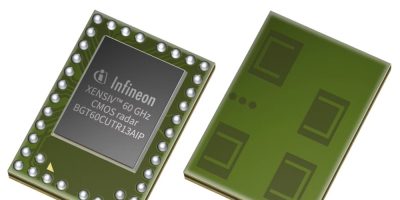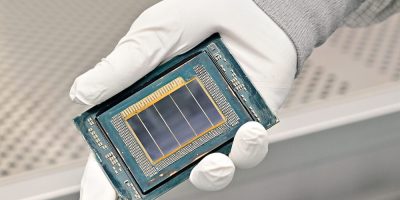Analog Devices has announced the launch of ADI Power Studio, a family of products that offers advanced modelling, component recommendations and efficiency analysis with simulation. In addition, ADI is introducing early versions of two new web-based tools with a modernised user experience under the Power Studio umbrella: ADI Power Studio Planner and ADI Power Studio Designer. These new tools, together with the full ADI Power Studio portfolio, including LTspice, SIMPLIS, LTpowerCAD, LTpowerPlanner, EE-Sim, LTpowerPlay and LTpowerAnalyzer, streamline the entire power system design process. The Power Studio tools support engineers from initial concept through measurement and evaluation.
Today’s electronic systems require more power density than ever, with dozens or even hundreds of power rails and interdependent voltage domains. That complexity creates bottlenecks and requires rework during architecture decisions, component selection and validation. Power Studio addresses these challenges by providing a unified, intuitive workflow that helps engineering teams make better decisions earlier by simulating real-world performance with accurate models and automating key outputs, such as bill of materials and report generation. Together, the family of tools can facilitate shorter development cycles, reduce rework and increase speed at which engineers bring power-dense systems to market.
• ADI Power Studio Planner: The next-generation, web-based tool for system-level power tree planning, Power Studio Planner gives engineers an interactive view of their system architecture, providing clarity to model power distribution, calculate power loss, and analyse system efficiency with ease. With intelligent parametric search and tradeoff comparisons, teams can make faster, better architecture decisions from the start.
• ADI Power Studio Designer: A web-based tool for IC-level power supply design, Power Studio Designer provides optimised component recommendations, performance estimates, and tailored efficiency analysis. Built on the ADI power design architecture, Power Studio Designer offers guided workflows so engineers can set key parameters and move confidently toward simulation, configuration and evaluation. By guiding users through these steps, engineers can build accurate models to simulate real-world performance with support for both LTspice and SIMPLIS schematics before moving to hardware.
Power Studio Planner and Power Studio Designer are available now as part of the ADI Power Studio. These tools represent the first phase of ADI’s vision to deliver a fully connected power design workflow for customers, with ongoing updates and product announcements planned in the months ahead.







